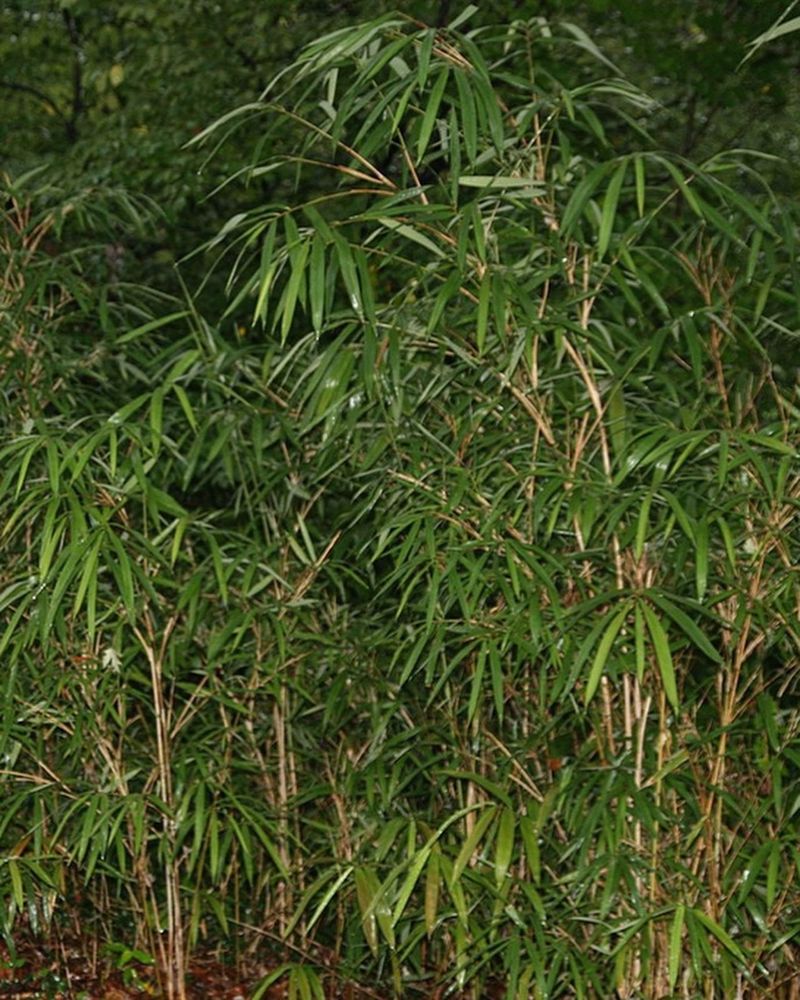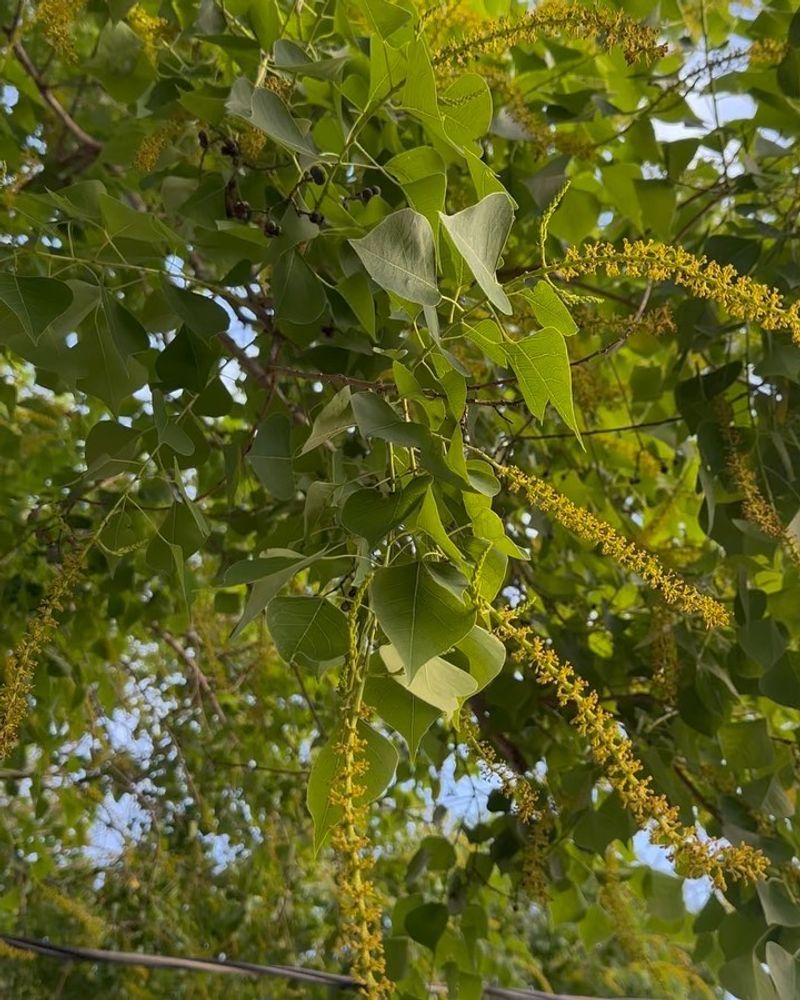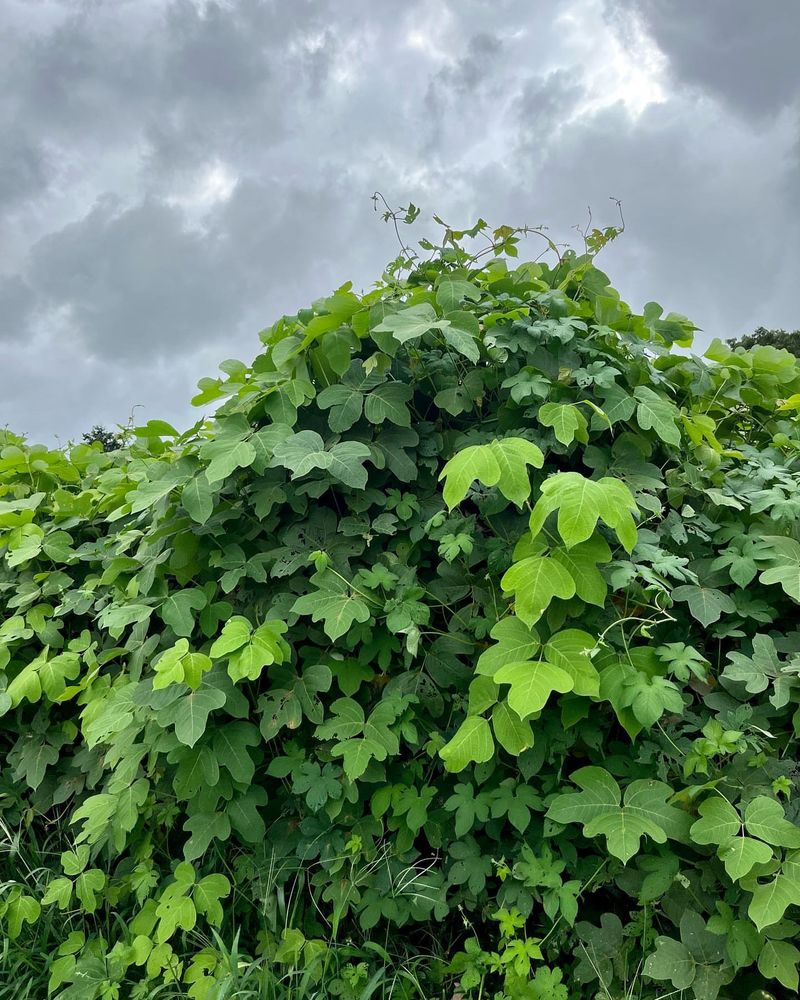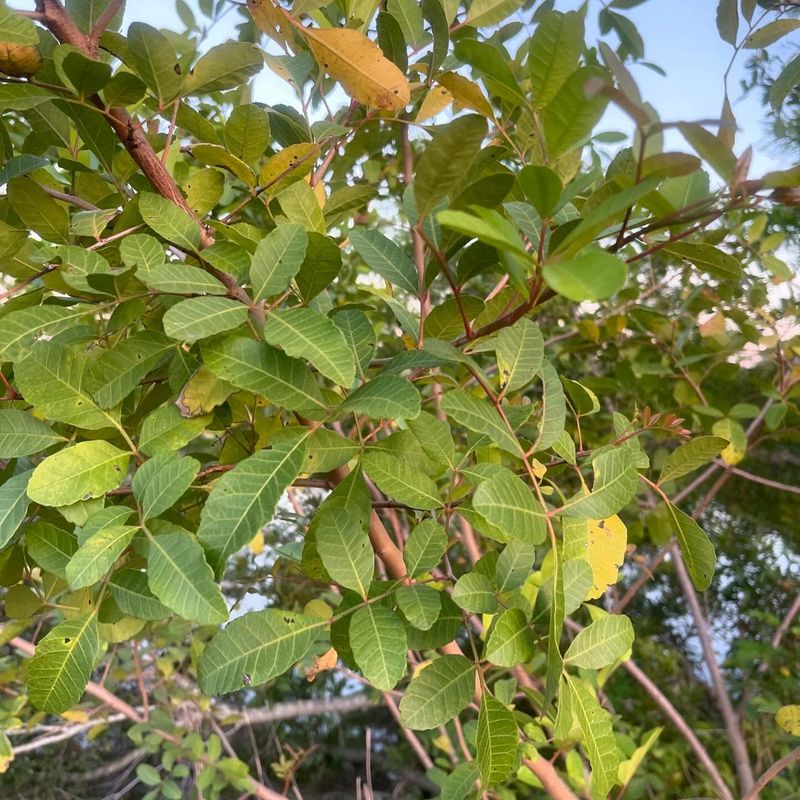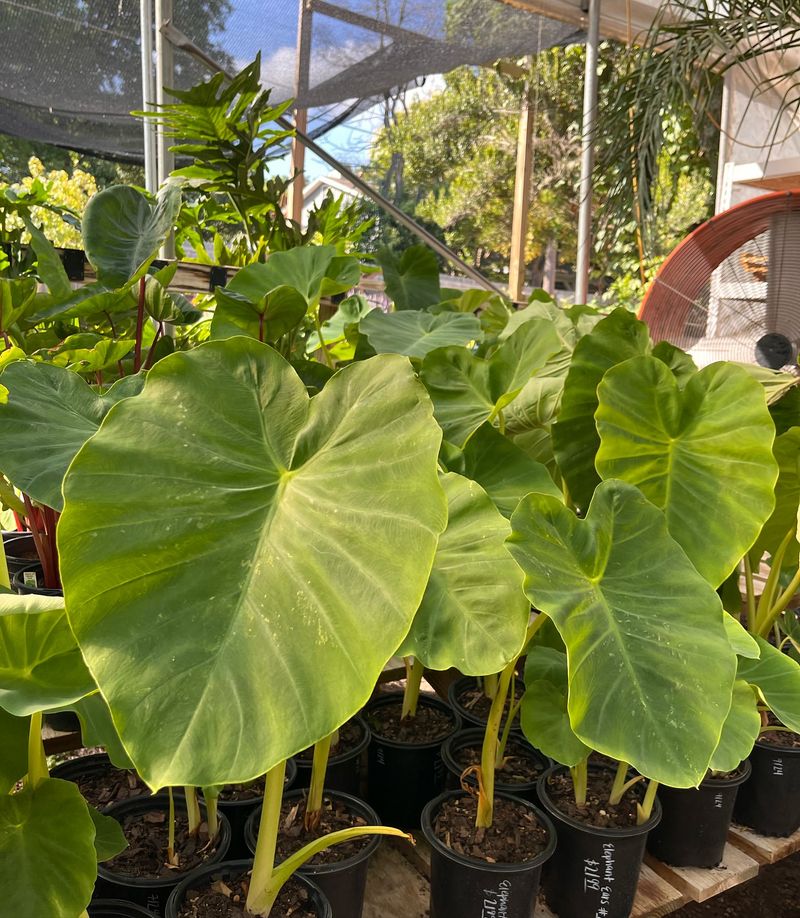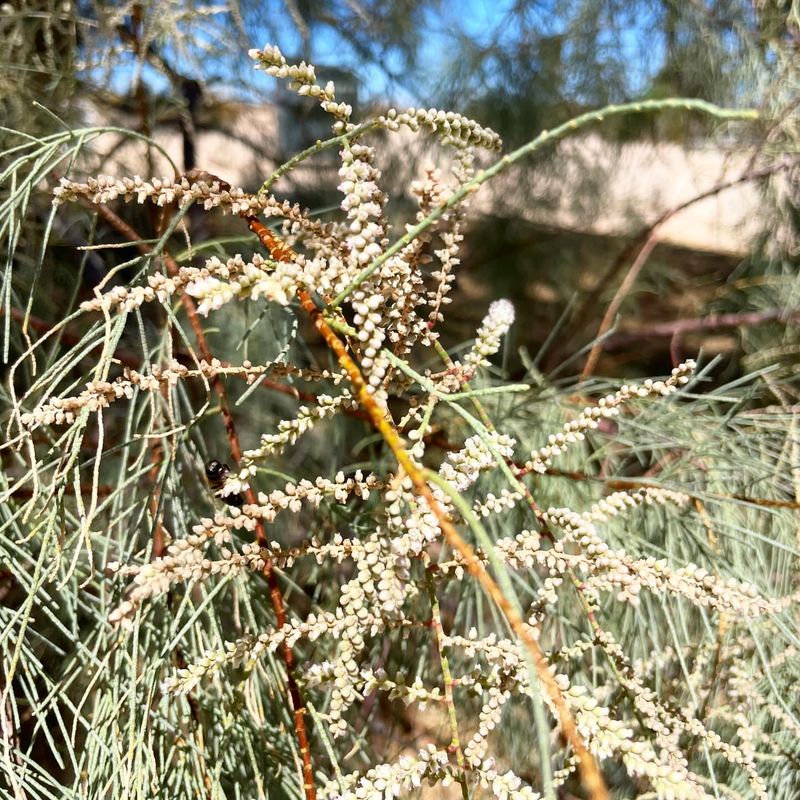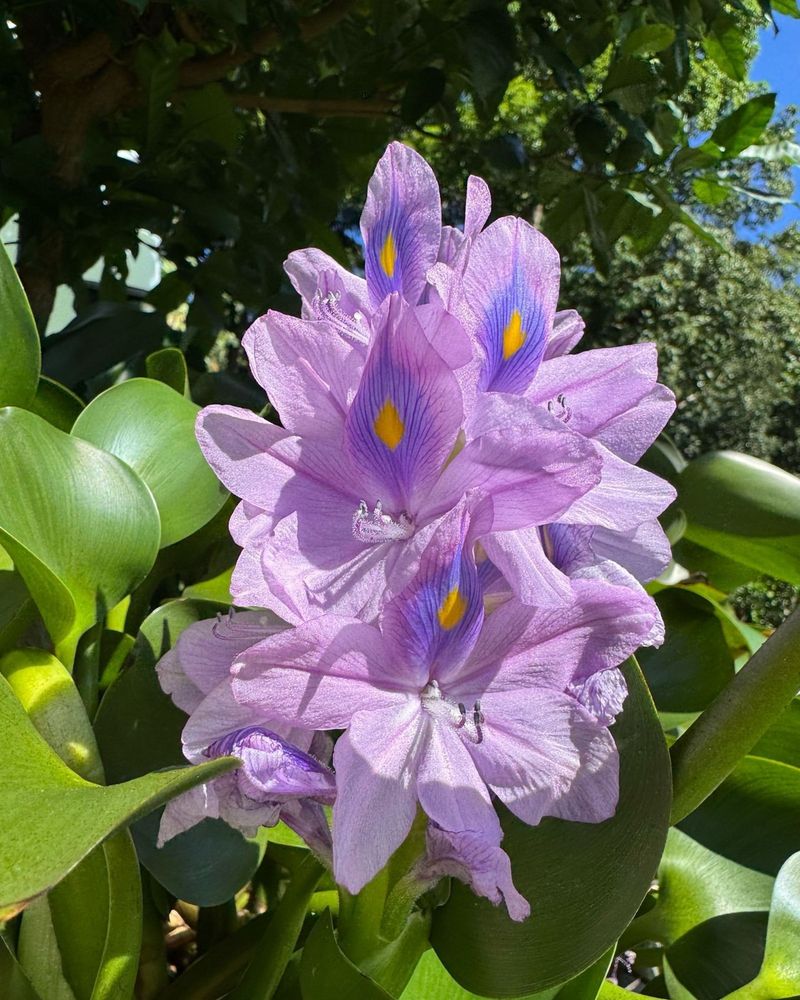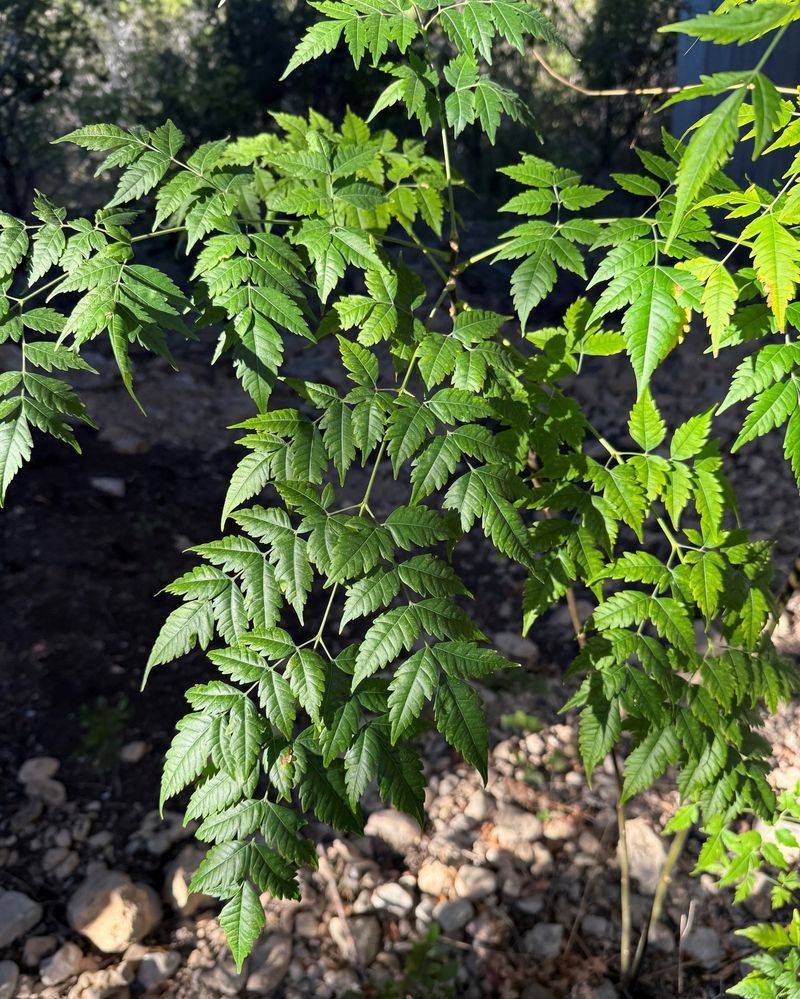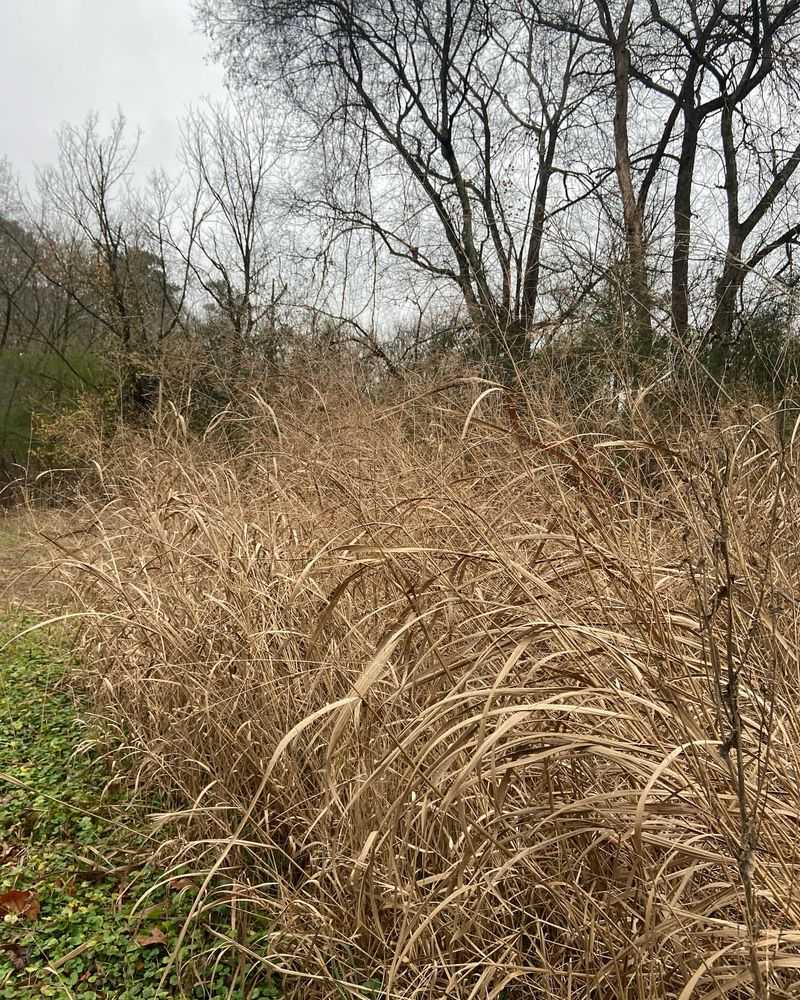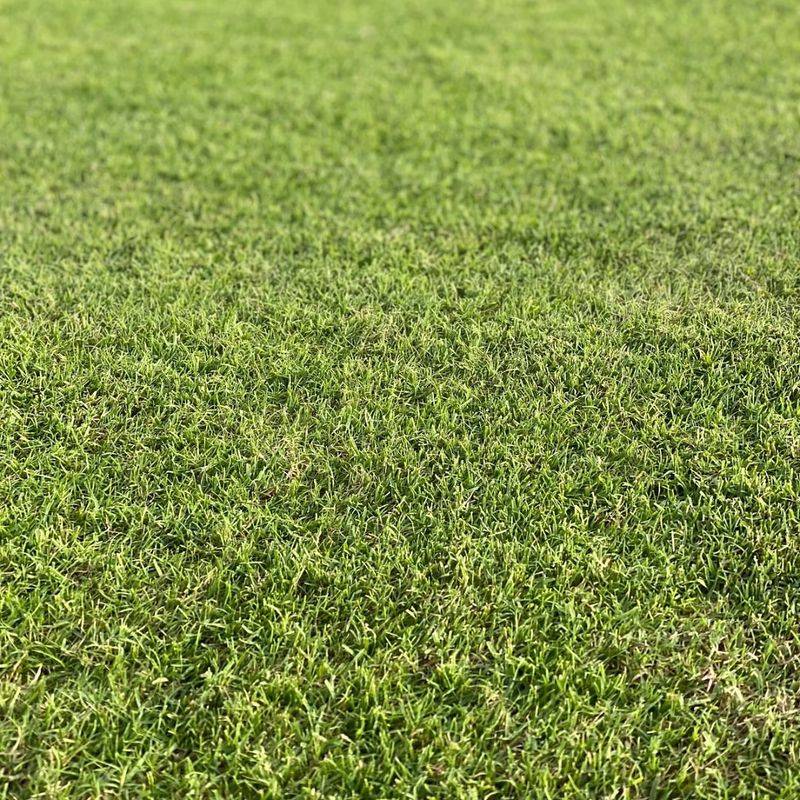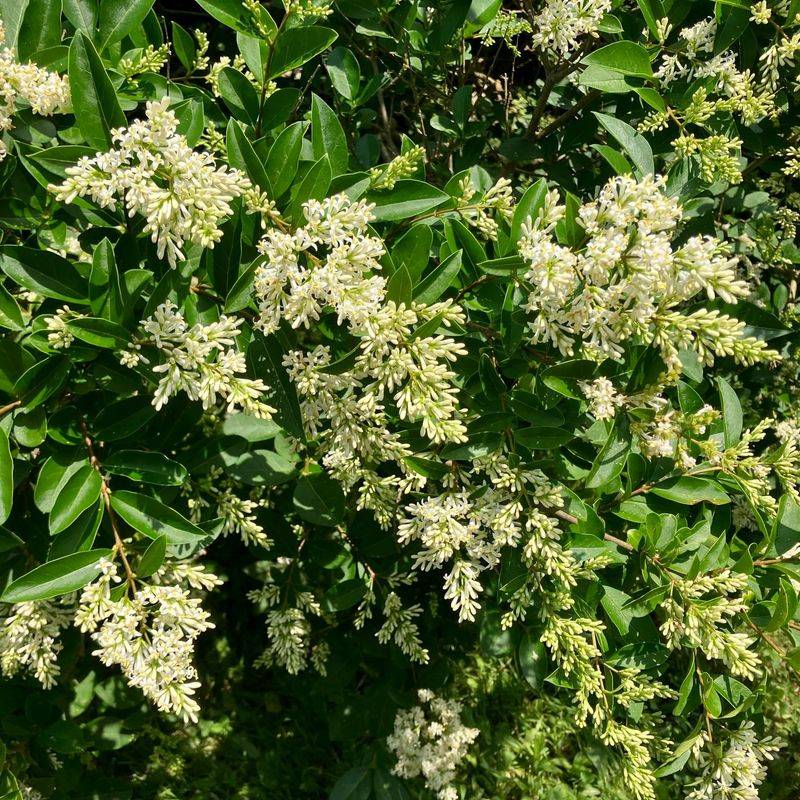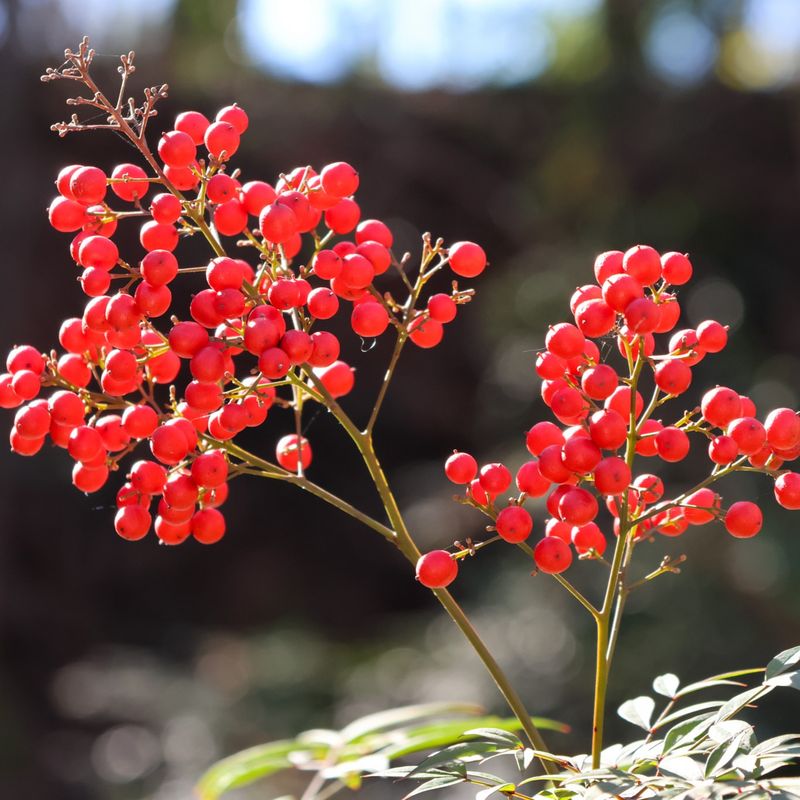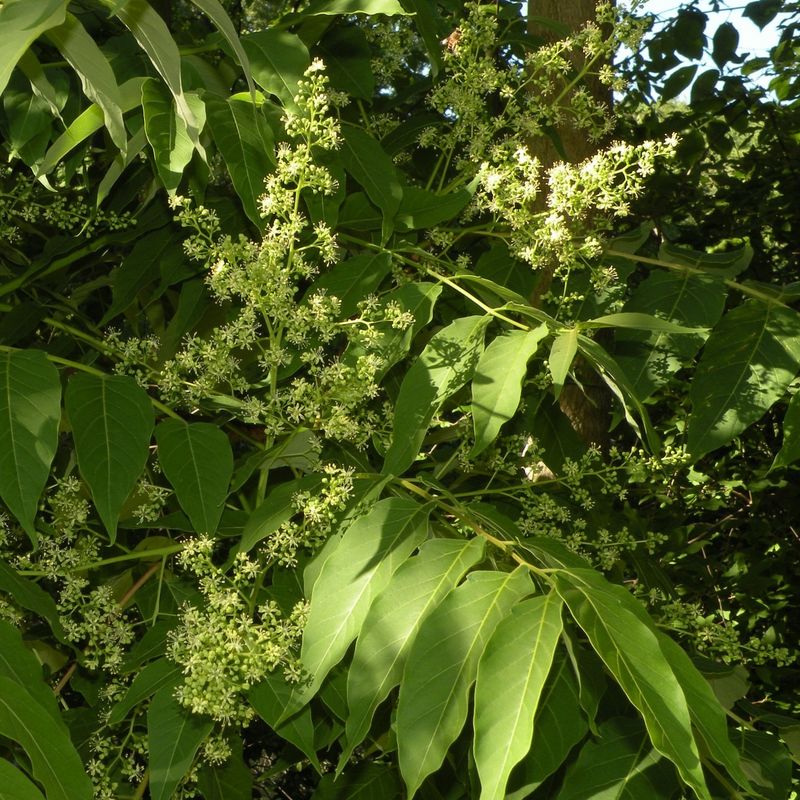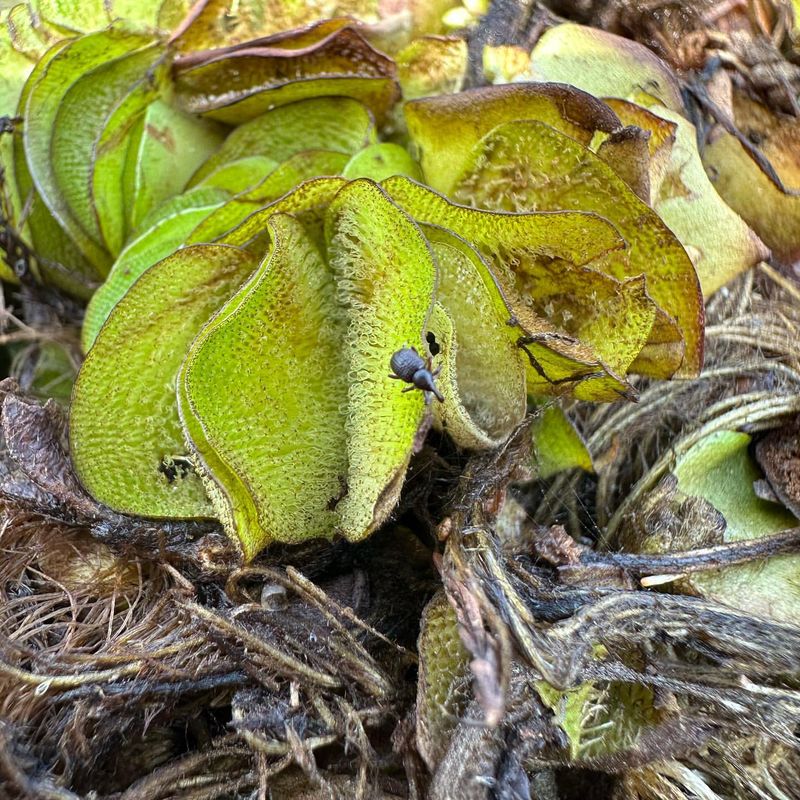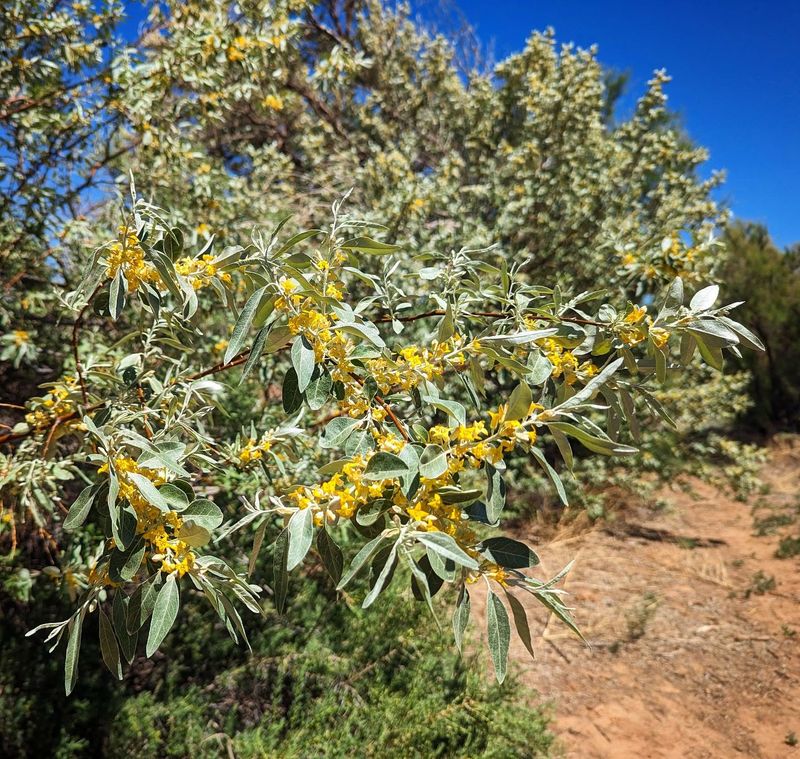Texas landscapes face a growing threat from invasive plant species that crowd out native vegetation and disrupt local ecosystems. Once established, these aggressive plants can spread rapidly, causing environmental damage and costing millions in control efforts.
Knowing which plants to avoid can help protect Texas’ natural beauty and biodiversity.
1. Giant Reed (Arundo donax)
Standing tall at up to 30 feet, giant reed overwhelms riverbanks and water systems throughout Texas. This bamboo-like grass spreads aggressively, forming dense thickets that displace native plants and wildlife.
The reed consumes shocking amounts of water—up to 500 gallons daily per plant—worsening drought conditions. Originally brought to America for erosion control, it’s now recognized as one of the state’s most destructive invasive species.
2. Chinese Tallow (Triadica sebifera)
Known for its brilliant fall colors, Chinese tallow tricks gardeners into thinking it’s a desirable ornamental tree. Don’t be fooled! This fast-growing invader transforms diverse ecosystems into tallow monocultures within just a few years.
Birds spread the waxy-coated seeds far and wide. Once established, the tree releases chemicals that prevent native plants from growing nearby. Tallow trees particularly threaten coastal prairies and wetlands throughout eastern Texas.
3. Kudzu (Pueraria montana)
Nicknamed “the vine that ate the South,” kudzu lives up to its reputation in East Texas. Growing at the astonishing rate of up to a foot per day during summer, this climbing menace smothers everything in its path—trees, power lines, and even abandoned buildings.
Introduced from Japan for erosion control, kudzu now covers over 7 million acres across the southern United States. Its extensive root system makes complete eradication nearly impossible once established.
4. Brazilian Peppertree (Schinus terebinthifolius)
With deceptively attractive red berries and evergreen foliage, Brazilian peppertree has invaded southern Texas coastal areas. The plant forms dense thickets that crowd out native vegetation and reduce habitat for wildlife.
Contact with the sap can cause skin irritation similar to poison ivy. Birds eat the berries and spread seeds across wide areas, making this plant particularly difficult to contain. South Texas ranchers battle this invader as it reduces grazing land and livestock access to water.
5. Japanese Honeysuckle (Lonicera japonica)
Sweet-smelling flowers mask the destructive nature of Japanese honeysuckle. This twining vine wraps around tree trunks and branches, eventually strangling and toppling even mature trees. Originally planted as an ornamental, it’s now established throughout Texas.
The vine forms dense mats that block sunlight from reaching forest floors, preventing native seedlings from growing. Its semi-evergreen nature gives it an advantage over native plants during winter months.
6. Elephant Ear (Colocasia esculenta)
Massive heart-shaped leaves make elephant ear plants instantly recognizable along Texas waterways. What began as an ornamental pond plant has escaped into natural areas, forming dense colonies that crowd out native wetland vegetation.
The plant reproduces through underground tubers that break off and float downstream, establishing new populations. Removal requires digging out all tubers, as fragments left behind will regrow. Elephant ears particularly threaten the biodiversity of East Texas bayous and wetlands.
7. Salt Cedar (Tamarix spp.)
Salt cedar’s feathery pink flowers belie its devastating impact on Texas waterways. These water-hungry trees can consume up to 200 gallons daily, dramatically lowering water tables and drying up springs and streams.
The trees secrete salt, creating toxic soil conditions for native plants. Introduced for erosion control in the 1800s, salt cedar now infests over 500,000 acres of Texas riparian areas. Its deep roots make mechanical removal extremely difficult, often requiring specialized equipment and chemicals.
8. Water Hyacinth (Eichhornia crassipes)
Floating islands of water hyacinth with pretty purple flowers create major problems in Texas lakes and waterways. This aquatic invader doubles its population every two weeks during warm weather, quickly covering water surfaces with thick mats.
These mats block sunlight, deplete oxygen, and impede boat traffic. Water hyacinth infestations cost millions annually in control efforts. A single plant can produce thousands of seeds that remain viable for years, making complete eradication extremely challenging.
9. Chinaberry Tree (Melia azedarach)
Fast-growing chinaberry trees produce clusters of yellow berries that birds spread widely across Texas landscapes. Though once valued for quick shade, these trees aggressively displace native vegetation in disturbed areas and along waterways.
All parts of the plant contain toxins that can poison livestock and wildlife. The tree resprouts vigorously when cut down, making removal challenging. Multiple treatments are typically needed to permanently eliminate a single tree from the landscape.
10. Johnson Grass (Sorghum halepense)
Towering up to 7 feet tall, Johnson grass plagues Texas agricultural lands and natural areas alike. This aggressive grass spreads both by seeds and underground rhizomes, making it nearly impossible to fully eradicate once established.
Originally introduced as a forage crop, it’s now considered one of the world’s worst agricultural weeds. Johnson grass produces chemicals that inhibit the growth of nearby plants. After frost, the grass can produce toxic compounds that cause cyanide poisoning in livestock.
11. Bermuda Grass (Cynodon dactylon)
Beloved by lawn enthusiasts but dreaded by conservationists, Bermuda grass forms a nearly impenetrable mat of stems and roots. This aggressive grass spreads rapidly through both seeds and underground runners, invading gardens, natural areas, and agricultural fields.
Once established, Bermuda grass outcompetes native grasses and wildflowers. While valuable for sports fields and erosion control, it should never be planted near natural areas. The grass can grow through asphalt and concrete cracks, demonstrating its remarkable invasive potential.
12. Ligustrum (Ligustrum spp.)
Commonly planted as privacy hedges, ligustrum species have jumped garden fences to become major threats to Texas woodlands. Birds eagerly consume the black berries and spread seeds into natural areas, where the shrubs form dense thickets.
These thickets prevent sunlight from reaching the forest floor, killing native understory plants. Particularly problematic in central Texas, ligustrum has transformed diverse woodland ecosystems into monocultures. The plant’s pollen also contributes significantly to seasonal allergies.
13. Nandina (Nandina domestica)
Marketed as “heavenly bamboo,” nandina has become a hellish problem for Texas ecosystems. The plant’s bright red berries contain cyanide compounds toxic to birds, yet their bright color attracts them. Nandina tolerates extreme conditions from deep shade to full sun and rarely suffers from pests or diseases.
This adaptability allows it to thrive in diverse habitats across Texas. Seeds remain viable for years in soil, creating persistent seedbanks that make complete removal challenging.
14. Tree of Heaven (Ailanthus altissima)
Despite its heavenly name, this tree creates hellish conditions for Texas ecosystems. Tree of heaven grows incredibly fast—up to 6 feet in a single season—quickly overshadowing native vegetation. The tree releases chemicals into the soil that prevent other plants from growing nearby.
When cut, it responds by sending up dozens of root sprouts. Originally brought from China as an ornamental, it’s now recognized as one of the most aggressive woody invaders in Texas urban areas.
15. Giant Salvinia (Salvinia molesta)
Resembling a floating carpet of tiny ferns, giant salvinia can double its coverage every week in warm Texas waters. This aquatic invader forms mats up to three feet thick that block sunlight and deplete oxygen, killing fish and other aquatic life.
Just a fragment can start a new infestation, making it easily spread by boats and fishing equipment. Giant salvinia has devastated East Texas lakes and waterways, costing millions in control efforts. Complete eradication has proven nearly impossible in large water bodies.
16. Russian Olive (Elaeagnus angustifolia)
Silvery leaves make Russian olive trees attractive to landscapers, but their aggressive nature threatens Texas riparian areas. These drought-tolerant trees form dense thickets along waterways, crowding out native willows and cottonwoods.
Birds spread the olive-like fruits far and wide. The trees fix nitrogen in the soil, altering natural nutrient cycles and favoring other invasive species. Once established, Russian olive proves extremely difficult to control, requiring repeated cutting and herbicide applications.


